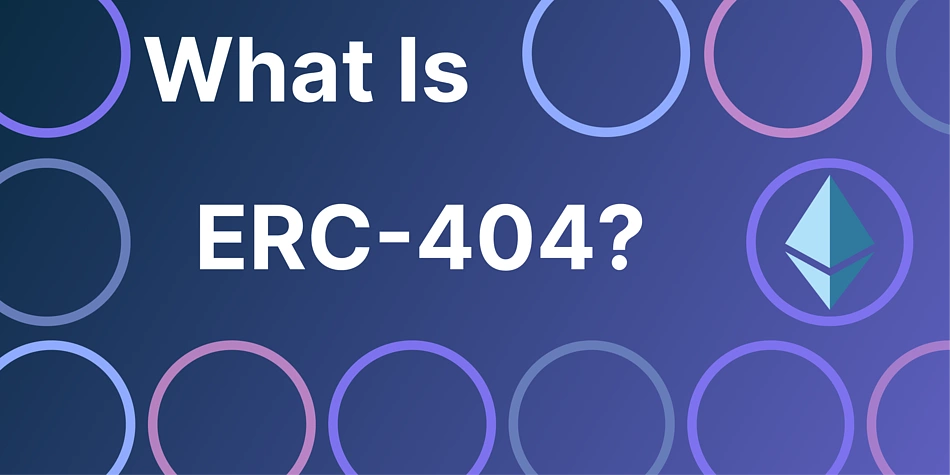Understanding ERC-404: A New Standard in the Ethereum Ecosystem

Introduction:
In the fast-paced world of cryptocurrency and blockchain technology, new standards and protocols emerge frequently, aiming to enhance efficiency, security, and interoperability within decentralized networks. Among these, Ethereum Request for Comments (ERC) standards play a crucial role in defining rules for tokens, smart contracts, and other functionalities within the Ethereum ecosystem. One of the latest additions to this array of standards is ERC-404, which brings innovative features and possibilities to Ethereum-based projects. In this blog post, we delve into the intricacies of ERC-404 to understand its significance and potential impact.
What is ERC-404?
ERC-404 is a proposed Ethereum Improvement Proposal (EIP) that introduces a new standard for managing error messages within smart contracts. Unlike its predecessors, which primarily focus on defining token standards or contract interfaces, ERC-404 addresses the handling of errors and exceptions within decentralized applications (DApps) running on the Ethereum blockchain.
Key Features and Functionality:
Error Message Standardization: ERC-404 standardizes the format and structure of error messages generated by smart contracts. By adhering to a consistent format, developers can improve the readability and interpretability of error messages, facilitating debugging and troubleshooting processes.
Error Code Assignment: Under ERC-404, each type of error is associated with a unique error code, enabling DApp developers to categorize and identify errors more efficiently. This systematic approach enhances error handling capabilities, leading to more robust and reliable smart contracts.
Gas Efficiency: Efficient error handling is essential for optimizing gas consumption within Ethereum transactions. ERC-404 provides mechanisms for minimizing gas costs associated with error handling, thereby improving the overall efficiency of DApp operations.
Interoperability: ERC-404 is designed to be compatible with existing ERC standards, allowing DApp developers to seamlessly integrate error handling functionalities into their projects. This interoperability fosters collaboration and standardization across the Ethereum ecosystem, promoting innovation and adoption.
Use Cases and Applications:
DeFi Protocols: Decentralized Finance (DeFi) platforms rely heavily on smart contracts to automate financial transactions. ERC-404 can enhance the robustness and security of DeFi protocols by providing standardized error handling mechanisms, reducing the risk of vulnerabilities and exploits.
NFT Marketplaces: Non-Fungible Tokens (NFTs) have gained significant traction in various industries, including art, gaming, and collectibles. NFT marketplaces can leverage ERC-404 to improve user experience by delivering clearer error messages during token transfers, auctions, and other transactions.
Decentralized Applications: DApp developers can leverage ERC-404 to streamline error handling processes within their applications, enhancing user satisfaction and platform reliability. From decentralized exchanges to gaming platforms, any DApp built on Ethereum can benefit from standardized error management.
Conclusion:
ERC-404 represents a significant advancement in the Ethereum ecosystem, offering a standardized approach to error handling within smart contracts and decentralized applications. By providing clear guidelines for error message formatting, error code assignment, and gas optimization, ERC-404 aims to enhance the efficiency, security, and usability of Ethereum-based projects. As developers continue to explore its capabilities and integrate it into their applications, ERC-404 is poised to play a crucial role in shaping the future of decentralized finance, NFT marketplaces, and other blockchain-enabled innovations.































